Peru’s capital is a fantastic city to tour, dotted with a multitude of cultural sites and beautifully preserved architecture. Founded by the conquistador Francisco Pizarro in 1535, Lima was first named ‘City of Kings’ – a biblical reference to the ‘Three Wise Men of the East’ – before its name was changed by the Spanish colonialists. The most significant historical buildings are located around the Plaza Mayor, the most notable being the Government Palace, where one can still observe the changing of the guard performed by the Húsares de Junín. The beautiful Cathedral and the various small palaces and colonial balconies also play also their part in the beauty of the city. Another highlight is the famed Larco Herrera Museum, documenting the millennial cultures that preceded the Inca civilization and containing a priceless collection of pre-Columbian artifacts, including some of South America's finest pre-Inca erotic pottery.
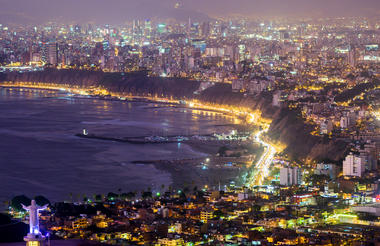
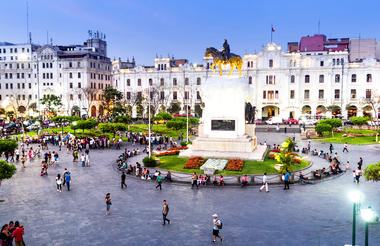
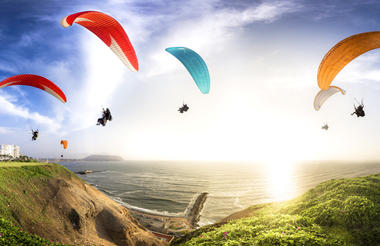
The small but charming city of Trujillo enjoys a prime location in northwestern Peru. A hive of tourism, Trujillo rests nearby esteemed archaeological sites such as Moche and Chimu, which were once home to ancient civilisations; Chan Chan, the ancient world’s largest adobe city and a designated World Heritage Site; and the vast adobe temples of the Sun and Moon. Trujillo itself is an elegant city of manors and mansions known as Peru’s ‘cultural capital’ for its local traditions and festivals. Those looking for sun, sea and surf should head to beautiful Huanchaco beach, just 12 kilometres out of town, which offers world-class waves and a wide bay fringed by white sand.



Chiclayo, the capital city of northwest Peru’s Lambayeque region and the leading commercial centre, enjoys a prime location surrounded by serene landscapes. Scenic mountains plunging into expansive beaches and bays that offer near-perfect surfing conditions is what one will find at Chiclayo. Also known for its moderate climate, stunning architecture and culinary delights, the town is probably most famous for the impressive archaeological sites nearby. These include Túcume – also known as the Valley of the Pyramids – a complex encompassing the remains of no less than 26 ancient pyramids, and the 1600-year-old Tomb of the Lord of Sipan, a royal ruler who was buried with a hoard of priceless treasures. These precious relics, which rival those discovered in King Tutankhamun’s tomb in their scope and value, are now housed in the Brüning Museum in Lambayeque town, roughly 11 kilometres from Chiclayo.



Also known as Urubamba Valley, the Sacred Valley of the Incas is located in the Peruvian Andes, beneath the world-famous site of Machu Picchu and not far from Cuzco, the unofficial Inca capital. This fertile valley is fed by a network of waterways and encompasses a wealth of archaeological sites, including Ollantaytambo, renowned for its extensive Inca ruins; Tipon, which features ancient agricultural terracing and a working irrigation system; and Pisac, with its ancient vestiges and colourful weekly market.
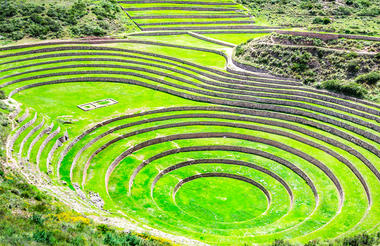
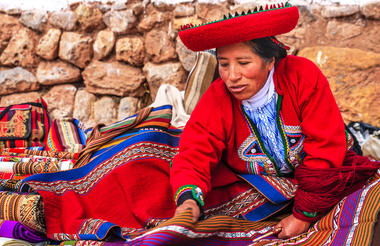
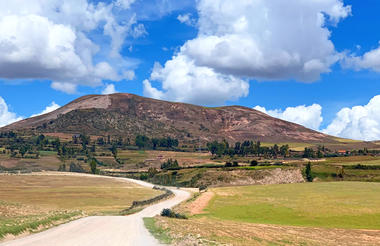
Located more than 6000 feet above sea level in Peru's mountain peaks, Machu Picchu is one of the world's most impressive archaeological sites. This legendary lofty city was abandoned by the Inca Empire, reclaimed by the jungle and lost to humanity until its rediscovery in 1911. Built by the Incas on the summit of "Machu Picchu" (Old Peak), in the middle of a tropical montane forest overlooking the canyon of the Urubamba, the 'Lost City of Machu Picchu' is a site of extraordinary beauty and enormous archaeological significance. The complex reflects the Inca Empire at its height, with giant walls, terraces and ramps that appear to have been cut naturally in the continuous rock escarpments. The phenomenal technological skills of the Incan engineers can be seen in multiple facets of the site: the exacting precision of the massive stone buildings, the water channels that reveal a deep understanding of hydraulics, and Intihuatana, a carved ritual stone known as the "hitching post of the Sun", which served as a solar calendar that regulated planting and harvesting.
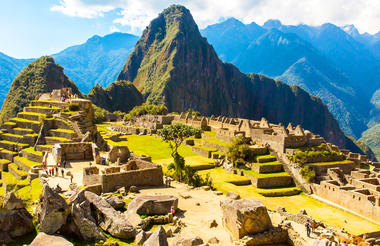
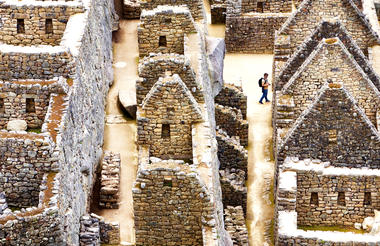

Once called the ‘Navel of the World’ by the Incas, Cusco rises in the southern Andes of Peru, where colonial grandeur meets the enduring stonework of the Inca Empire. A UNESCO World Heritage Site, it serves as the main gateway to Machu Picchu, the Sacred Valley, and surrounding ruins. At its centre, the Plaza de Armas—once Huacaypata—remains alive with cafés, arcades, and the 16th-century Cusco Cathedral, built from Sacsayhuamán’s stones. Nearby, the San Blas district unfolds with whitewashed adobe houses, blue balconies, and workshops where artisans craft metalwork, woodcarvings, and sacred art. Across the city, layers of history reveal themselves in landmarks such as the Korikancha, the Inca street of Hatun Rumiyoc with its twelve-angled stone, the Museum of Colonial Art, and the ancient shrines and water temples scattered through the surrounding hills.
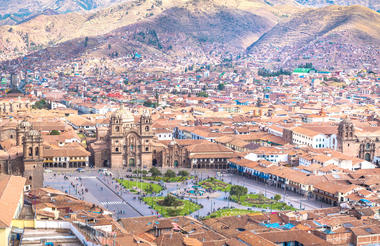
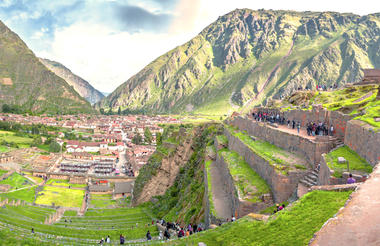
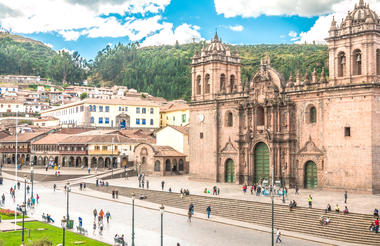
Situated high in the Andes Mountains on the border between Peru and Bolivia, Lake Titicaca is considered the highest commercially navigable lake in the world. The area was once a stronghold of Inca culture – and this ancient legacy is still evident in the many Inca ruins dotted across the shoreline, as well as the vibrant traditional handwoven textiles and clothes. Among the lake’s most popular attractions are the 42 floating reed islands of the Uros people, accessible from Puno in the east. On Santa Maria, the largest of these, tourists can arrange tours into private local homes to experience traditional culture.



Yanque is situated in the Andean region of Arequipa in southern Peru. An attractive town in the Canon del Colca – one of the world’s foremost trekking destinations – Yanque distinguishes itself with a number of great cultural attractions. Admire the Baroque exterior of the church of Iglesia de la Inmaculada Concepcion and then visit the Museo Yanque to learn more about the town and the ancient history of the region. Visitors can look forward to sampling local fare at wonderful bars, cafes, and restaurants of the central Plaza Yanque before attempting the summit of Mount Yanque (5,205 metres). Continue your trek through the Canon del Colca, visit the hot springs of Banos Chacapi and be sure to take the 30-minute trek to the fascinating pre-Incan ruins of Uyo Uyo, which date back more than 800 years.



The gorgeous city of Arequipa is a perfect blend of ancient architectural treasures and modern buildings, blessed with an average of 300 days of sunny weather a year. It is also known as ‘The White City’ – a nickname that stems from its numerous white buildings, which form a striking contrast with the green surroundings. It is Peru’s most elegant city and the best place to visit if you’re a foodie on the hunt for fine dining opportunities, with an array of fabulous restaurants offering spicy local specialities such as rocoto relleno, chupe de Camarones and ocopa. This city has an illustrious history and its distinctive traditions make it a truly unique Peruvian destination.



As previously described
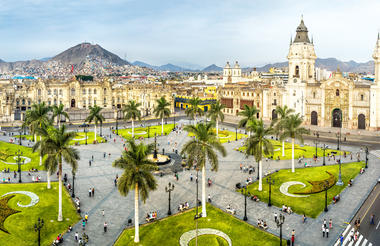
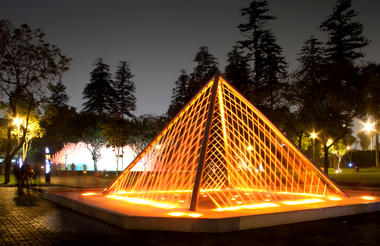
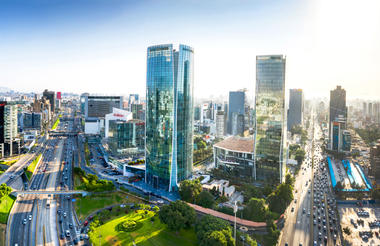
A lunar-like landscape meets the ocean at Paracas, a small beach town on the Paracas peninsula in southern Peru. Stark cliffs drop into the ocean and rugged promontories jut out to sea, offering a beachfront residence to the flocks of marine birds in the area. Many visitors travel to Paracas to enjoy the beaches and the perks of a resort town, however it’s the adjacent marine reserve and outlying islands that most intrigue travellers, offering the chance to view penguins, sea lions, dolphins and seals in their natural habitat. Don’t miss the Paracas Candelabra, a mystic geoglyph etched into the rock and dating back to 200 BCE.








